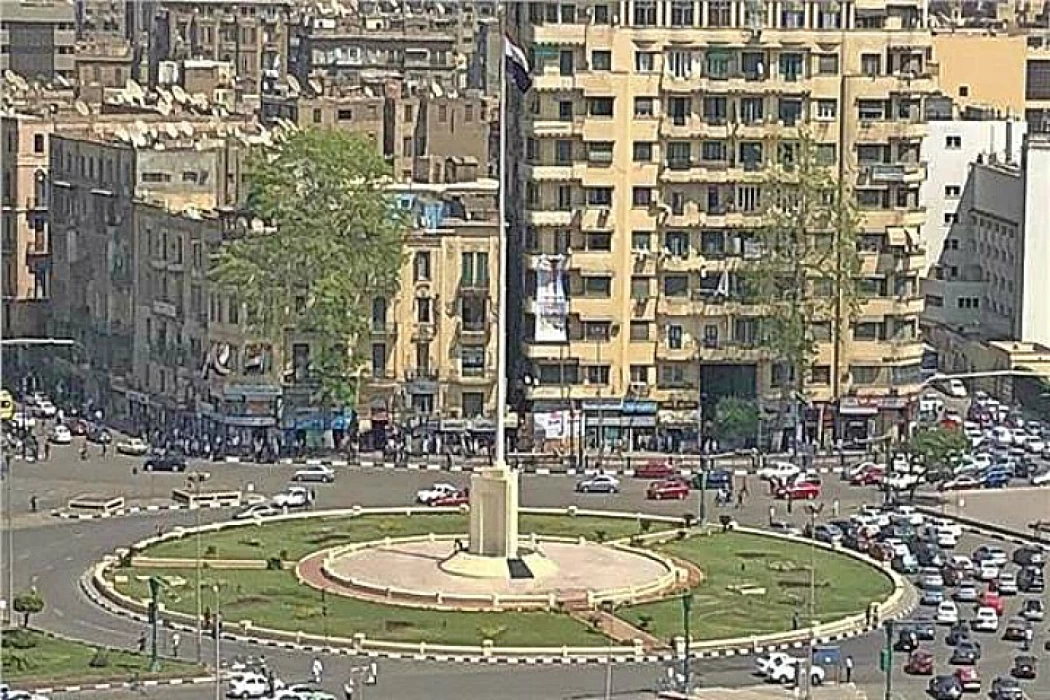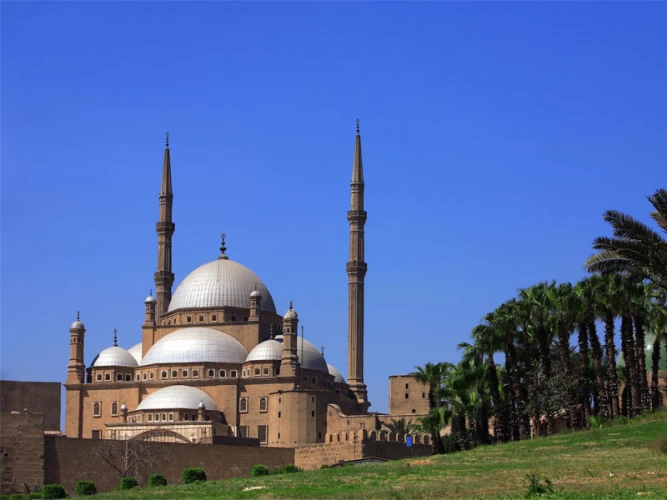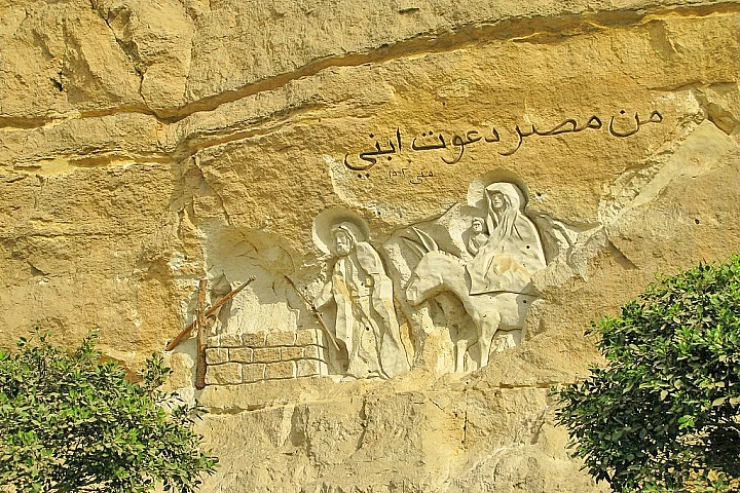
Tahrir Square in Cairo
Tahrir Square deserves the title of "Heart of Cairo" because it was architecturally and engineeringly a beating heart that provided life to the Egyptian capital, and it was and still is an important source of its vitality.
With the blowing of the winds of the Arab Spring, the square became a heart of a different kind that provides Cairo through its multiple arteries with new blood that shook the political street, and its impact was echoed in many world capitals. It is the blood of the youth that stirred and inflamed the Egyptian revolution against tyranny and oppression.
Location
Tahrir Square is located in the center of the Egyptian capital, Cairo, and it did not occur to any of the supporters of the security vision of things that the multiple arteries that branch out from this heart in the form of a beam would overturn all the theories of security and attempts to besiege the masses.
Just as the square gained worldwide fame after the outbreak of the January 25, 2011 revolution - which forced the ousted president Hosni Mubarak to step down from power - it also witnessed the participation of thousands in the demonstration on June 30, 2013, which paved the way for a military coup that overthrew Egypt's first elected president, Mohamed Morsi, on July 3 of the same year.
Along with several banks and state agencies like the official Middle East News Agency, Al-Bustan Street has the largest shopping centers in downtown Cairo. The square is surrounded by a number of other significant avenues and squares in the city. The American University building, the Egyptian Museum, and the Tahrir collection—a collection of government interests—are just a few of the well-known locations in the plaza. It also houses the Omar Makram Mosque, the former Ministry of Foreign Affairs residence, and the League of Arab States offices.


















